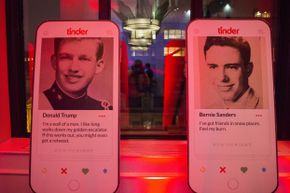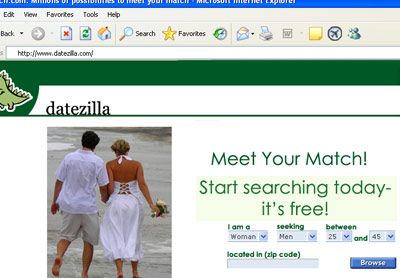Before the Internet, people met via family, friends, school, work and serendipitous public encounters. That still happens, but online dating is two decades old now, and is fast becoming the norm. New tools are also changing its nature. On old-school dating sites, you provide a lot of information and pore over the profiles of potential suitors with the hope of finding an ideal match. Most also require fees. Tinder, a free phone app that launched in 2012, greatly simplifies the process.
Using your phone's GPS and algorithms that take just a little Facebook and user selected data into account, Tinder finds and displays pictures of a nearby potential partners on your screen with a tiny bit of biographical information. Based on little else, you swipe left on the screen if you aren't interested and right if you are. You can accept or reject dozens — or even hundreds — of pictures a day, almost as a game, and never do anything else.
Advertisement
However, if two people both "swipe right" on each other, they are a match, and have the option to chat via text (and animated emojis) and decide where to go from there. The terms "swipe right" and "swipe left" have even crept into the vocabulary of popular culture to mean general approval or disapproval.
Tinder and similar apps are increasingly popular with young adults and are gaining traction with other demographics, as well. And they may do more than merely make it easier to find dates. Here are 10 ways a seemingly simple app is changing our world.













